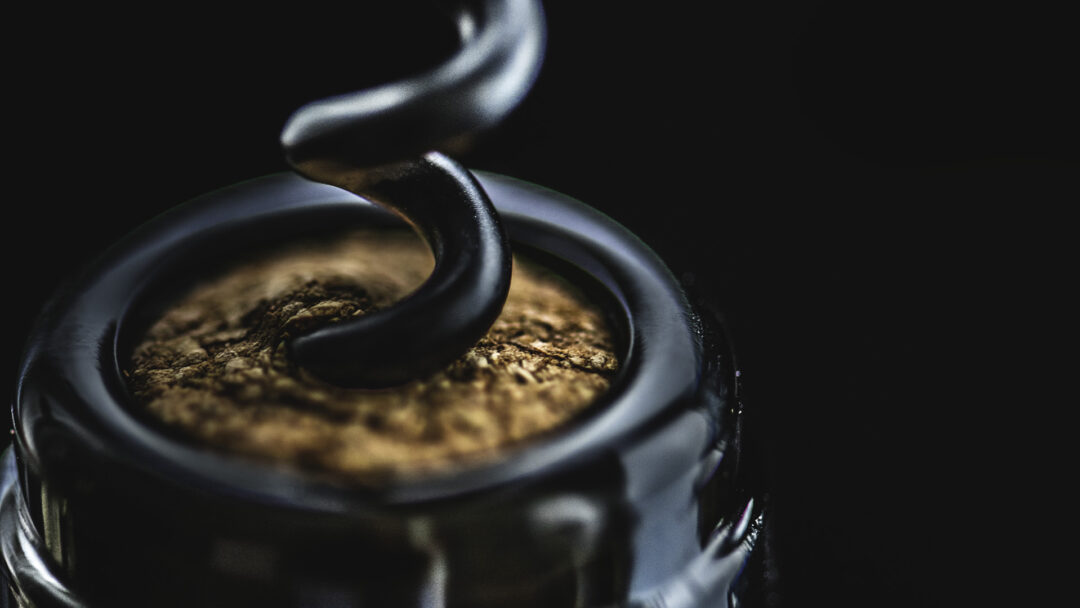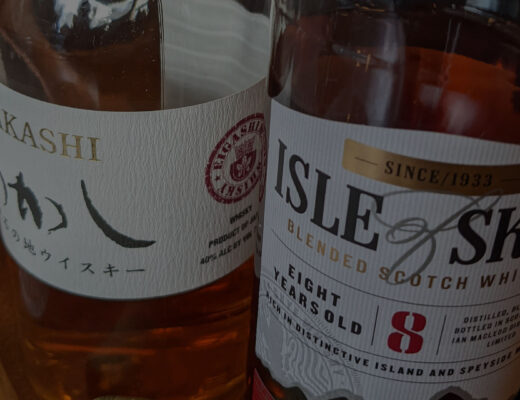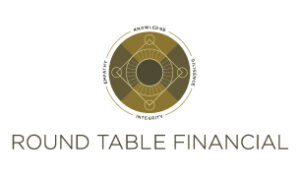KISS-PUT
Welcome to Everyday SoMalYaY!! This project (or whatever you want to call it — blog, business, experiment, experience, or even fantasy….) is the product of an idea had with good friends over good food and good wine recently, which, of course, is the source of all GREAT ideas … and when I happened to be describing the type of wine I had just ordered, Shannon said… “you need to do this online or publicly some way…. Seriously!!” I said I would love to…. She said…. “It is great every-day advice to people who aren’t knowledgeable about wine but love it….” And then said, “What do we call it?” I said you just said it…. “Everyday sommelier”, which of course was taken on the internet and in Instagram, and so we went with the phonetic spelling with the word YaY at the end to indicate wine/drinks and excitement about the idea!!! I reserved the website address www.everydaysomalyay.com at the table that minute, and we were under way!!!
The theme of Everyday SoMalYaY is to savor the experience, no matter what your particular experience may be. Choosing a wine from a restaurant wine list can be daunting and stressful if you have not had much experience at it, and it is supposed to be fun!!! After all, we want to choose a wine from any list and have the best chance of enjoying it the most. That is the key here…. BEST chance to enjoy the MOST…. The model of efficiency – an algorithm for enjoyment. To assist in giving you this added confidence, try my KISS-PUT method, which stands for Keep It Simple Stupid – Price, Use, Taste. See the following explanation:
- Price – Use a maximum price for what you want to spend that night…. don’t look at anything else…. Good way to vastly narrow down your choices… and by the way, if you have to order a 2nd (or 3rd hehe) bottle, will that price point be ok….???
- Use – with food or as a drink? What are you and your other guests eating/how “bold” do you want the wine to be? Remember…. This is just a general guide and a helping tool to assist you in your decision – you can get what you want any time – I have had a cabernet with fish many times and it is JUST FINE.
- Steak/Duck – other red meat – typically strong, bold red, such as Cabernet or Bordeaux, though others can satisfy this as well… Chianti/Sangiovese, or Super Tuscan – a blend of Cabernet and Sangiovese are probably the best examples of strong, big, bold wines.
- Chicken, Pork, Fowl, or other – typically more toward Pinot Noir or French Burgundy, or Syrah/Cotes Du Rhone
- Fish or Light Food – White wine – any you like… or Lighter Red depending on sauce and taste, and Rose’ is always an interesting choice for a lighter wine.
- Taste – Now that you have sufficiently narrowed the list, you can look through what is left and it is not as daunting or complex (depending on the list of course) … Now look at the following:
- Age – The older the wine, the more mellow the wine (tannins from stems or skins which cause the bitter dry taste become rounder and smoother with age) …. typically, you will not find anything more than 10 – 15 years old on a restaurant list, or it will get very expensive…. I like to find a French red from 5 to 10 years old if possible, but most people in the states like Napa Cab – and older the better I say – gets softer and softer, but most are only 2 to 4 years old…. Not as important in US wines because they are typically more naturally sweet (or less bitter is probably a better way to say this) and can be drunk earlier.
- Country – As alluded above, more variety in US/California, Washington, etc. But typically, European wines are better WITH food, and US wines are better as a “drink/aperitif” generally speaking.
- Grape Varietal/Region – The U.S. wineries tend to name their wines after the grape, such as cabernet, chardonnay, pinot noir or Syrah. The Europeans tend to name their wines for the region, such as Bordeaux, Burgundy, or Rhone. I have always heard that to call a wine after its’ grape name, it must contain at least 80% of that grape. To call a wine a Bordeaux, it simply must be grown in the Bordeaux region of France. And in this instance, a Bordeaux is typically mainly cabernet in its makeup; Burgundy is pinot noir and chardonnay, and Rhone is typically Syrah. However, there is still plenty of mixing grapes according to the vintners’ taste. see below for main grapes in red:
- Cabernet Sauvignon – Typically harsh when younger, but will age best
- Merlot – more of a blending grape in Europe but served by itself more in US… St. Emilion and Pomeral, on the Left Bank of Bordeaux are regions in France which has more merlot and is therefore softer.
- Pinot Noir – Burgundy in France – very different grape vinification in US and France –more “spicy” to me in US…. In France, it is a lot more complex, and is more of a softer version of Bordeaux/Cab…. But it can be drastically different in US/California, Washington.
- Cabernet Franc – Mixing Grape that tends to give wines that dry taste you have sometimes.
- Sangiovese – main grape in Chianti; though when blended with Cabernet it is known as a Super Tuscan and is one of my favorites!
There is an infinite number of qualifications and criteria for selecting wines even inside each of these areas that I have not listed here. BUT this KISS-PUT method will probably cover about 80% of the wine list and you should be able to narrow it down to a number more easily manageable. There are always wines on any list that you will not know or be familiar, but these tips will give you simple tools to aid in a decision which will make your decision a fun adventure rather than a daunting task…. AND, you have your conversation, for when someone says…. “why that wine?” For Example:
Q: This list is 25 pages long! And so many big names…… How did you ever come up with that wine?
A: Well, I noticed your wife was having the chicken, you and I are having steaks and my wife is having the Ravioli…. And I really didn’t want to spend more than $75 per bottle… (knowing we might get a 2nd!!!) ….. that left 2 Napa Valley Cabs ($58 and $65), 2 French Bordeaux ($56), 1 Burgundy ($68) and 3 Italian wines ($35, $48, and $62), since we had chicken and ravioli, I went with the Italian Chianti for $48…. It was 6 years old, so a little older than the young napa valley cabs 3 years old…. and I thought it would be a good middle ground for both the steaks and pasta/chicken…. Can’t wait to try it!!!
Once you have done this a few times and been through the process, you will start remembering which wines you loved and which wines did not impress you. You will start remembering what grape varietals you have enjoyed and which you thought were “harsh” or “too soft.” It is an incredible and fun process that NEVER gets old. I recommend it highly, but overall, it is a solid way to build confidence in how to order and to build an inventory in your mind of the different tastes of all the different wines, grapes, and regions you will order and what you relate them to. But always remember the point is to ENJOY and Savor the Experience, no matter what is chosen or how.
En Vino Veritas!






No Comments